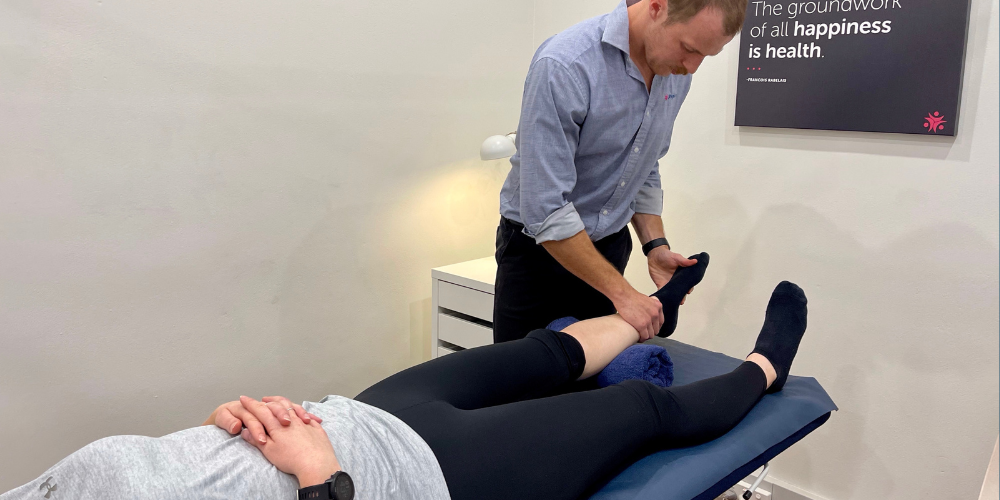Unraveling Achilles Tendinopathy: Understanding the Causes, Symptoms, and Effective Treatment Strategies
Tuesday, May 30, 2023
What is tendinopathy?
Tendinopathy is degeneration or failed healing due to continuous overload without appropriate recovery. Achilles tendinopathy is a clinical diagnosis based on localised tendon pain and swelling and pain with activities.
Achilles tendinopathy symptoms?
- Localised pain in the back of the leg/heel which is either in the Achilles itself or where the tendon attaches onto the heel bone.
- Sometimes swelling or a thickened ‘lump’ can be felt on the tendon.
- Pain with walking, worsening with increasing or continued activity such as jumping, running or stair climbing.
- Morning pain or pain after a period of rest such as sitting down or driving; which ‘warms up’ within 30mins.
What is the most common cause for Achilles tendinopathy?
There are three main groups affected by Achilles tendinopathy:
- Athletic – overuse injury.
- Post-menopausal – hormonal tendon changes & weight gain.
- Deconditioned population – overloaded by small but relative changes.
The most common cause for Achilles tendinopathy seen in clinic is a change in load, such as new shoes, job roles, new activity, weight gain, noting:
- Prior injury to lower limb can be a pre-disposing factor.
- Previous tendinopathies elsewhere, recent ankle injuries, knee injuries (change the way the foot/achilles is loaded).
- Association with systemic inflammatory diseases (crohns, GIT disorders = insertional tendinopathies).
What is the most effective treatment for Achilles tendinopathy?
Exercise that provides mechanical loading of the Achilles tendon is the treatment with the highest level of evidence. Treatment should focus on activity modification and progressive tendon-loading exercises. The best prevention is to recognise early “minor” symptoms and treat with load control.
Load reduction in the short term stops the negative cycle of overloading and continued injury progression. Because complete rest and tendon unloading can be detrimental and prolong recovery, it is helpful to use the level of symptoms and pain as a guide when determining the appropriate level of activity.
At Physio Inq Engadine we will develop, based on your return to sporting and activity goals, a specific, individualised exercise program to build tolerance, tendon load capacity and muscular control of the ankle and lower limb. We will also focus on symptom reducing strategies including dry needling, massage and strapping.

How long does Achilles tendinopathy take to heal?
The healing process can take 3-6months depending on the severity and individual response. Under the guidance of a Physiotherapist, during that healing time you should see gradual improvement; most people can carefully return to the activities they want to do while undergoing treatment.
This is definitely one of those times when early “minor” symptoms should be checked, so that load control can begin under the guidance of a Physiotherapist. Book online today.

